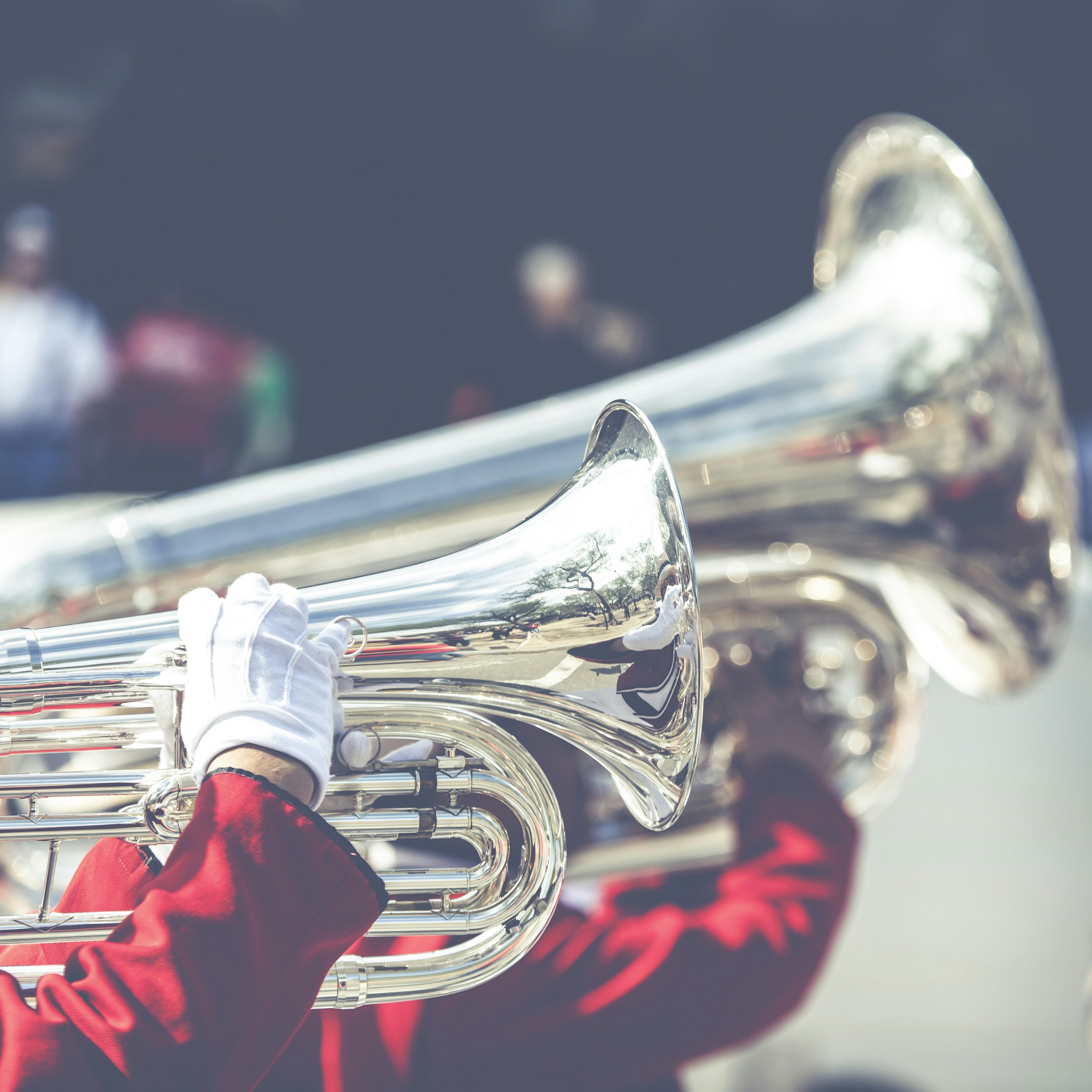Hardware Upgrades
Upgrading the graphics card
One of the essential PC tuning techniques for improving gaming performance is upgrading your graphics card. A more powerful graphics card can handle demanding games with higher frame rates, better image quality, and improved overall performance. Look for a card with advanced features like dedicated VRAM and a higher pixel fill rate, as these will greatly enhance your gaming experience.
Upgrading the processor
Another important hardware upgrade for gaming performance is upgrading your processor. A faster and more powerful processor ensures that your system can handle the demands of modern games without any lag or stutter. Look for a processor with a high clock speed and multiple cores for optimal gaming performance.
Adding more RAM
Having sufficient memory is crucial for gaming performance. Adding more RAM allows your system to handle larger game files, reduces loading times, and improves overall game stability. Aim for at least 8GB of RAM, but consider upgrading to 16GB or even 32GB for a more seamless gaming experience.
Upgrading the storage drive
Upgrading your storage drive can significantly impact gaming performance. Consider replacing your traditional hard drive with a solid-state drive (SSD) to reduce load times and improve game loading speed. An SSD offers faster data transfer rates, resulting in smoother gameplay and reduced lag.
Software Optimization
Enhancing your PC’s performance for gaming doesn’t always require expensive hardware upgrades. With the right software optimization techniques, you can significantly improve your gaming experience. Here are some essential PC tuning techniques to achieve just that.
Updating device drivers
Outdated device drivers can often cause compatibility issues and hinder your gaming performance. To avoid this, ensure that your graphics card, sound card, and other critical drivers are up to date. Regularly check the manufacturer’s website for the latest driver updates, or use driver update software to automate the process and save time.
Optimizing in-game settings
Fine-tuning your in-game settings is crucial to achieving optimal gaming performance. Adjusting settings such as resolution, texture quality, shadows, and anti-aliasing can greatly impact your hardware’s workload. Finding the right balance between visual quality and performance is essential to ensure smooth gameplay without sacrificing the graphical fidelity.
Closing unnecessary background processes
To maximize your PC’s resources for gaming, close any unnecessary background processes and applications. These can consume valuable system resources and lead to performance slowdowns. Use the Task Manager to identify and close any non-essential programs running in the background, ensuring that your PC’s full potential is dedicated to gaming.
Defragmenting the hard drive
Over time, files on your hard drive can become fragmented, leading to slower loading times and decreased performance. Regularly defragmenting your hard drive helps organize the files more efficiently, resulting in faster access times and improved gaming performance. Use the built-in Windows Disk Defragmenter tool or third-party software to optimize your hard drive.
Utilizing game optimization software
Game optimization software can be a valuable tool to enhance gaming performance. These utilities analyze your PC’s hardware and automatically adjust in-game settings to optimize performance. They can also prioritize system resources for the game, ensuring a smoother and more responsive gaming experience. Take advantage of trusted game optimization software available in the market to effortlessly boost your gaming performance.
By implementing these essential PC tuning techniques, you can unlock the full potential of your system, ensuring smoother gameplay, faster loading times, and an overall improved gaming experience.
This image is property of images.unsplash.com.
## Overclocking
Understanding the basics of overclocking
When it comes to optimizing your gaming experience on your PC, overclocking is a technique that can significantly enhance your gaming performance. By increasing the clock speed of your computer’s components, you can push them beyond their factory-set limitations, allowing for faster and more efficient operation.
Overclocking the CPU
One of the key components to overclock for improving gaming performance is the central processing unit (CPU). By increasing the clock speed, you can achieve faster processing, resulting in smoother gameplay and reduced lag. However, it is important to note that not all CPUs are capable of being overclocked, so make sure to check your specific model’s capabilities before attempting this technique.
Overclocking the graphics card
Another vital component to consider when optimizing gaming performance is the graphics card. By overclocking the GPU, you can achieve higher frame rates and smoother visuals. However, similar to overclocking the CPU, not all graphics cards can be overclocked, so be sure to research your specific model before proceeding.
Monitoring and managing temperatures
While overclocking can yield impressive results, it also generates additional heat. It is crucial to monitor temperatures to avoid overheating, which can lead to system instability and potential damage. Utilize monitoring software to keep track of temperatures and make necessary adjustments, such as improving cooling solutions or reducing overclock settings if temperatures are exceeding safe limits.
By understanding the basics of overclocking, utilizing it effectively on the CPU and graphics card, and properly managing temperatures, you can optimize your PC for an improved gaming performance. Take the time to research your specific components and follow best practices to ensure a smooth and enjoyable gaming experience.
Temperature Management
Proper temperature management is crucial for improving your PC’s gaming performance. Excessive heat can cause your system to throttle, resulting in decreased performance and even system crashes. By implementing the following techniques, you can ensure optimal temperature control.
Keeping the PC clean and dust-free
Dust build-up can hinder the airflow inside your PC, leading to increased temperatures. Regularly cleaning your PC, especially the fans, vents, and heat sinks, will prevent dust from accumulating. You can use compressed air or a soft brush to remove the dust effectively.
Using proper cooling solutions
Investing in high-quality cooling solutions, such as CPU and GPU coolers, can significantly improve your PC’s temperature regulation. These coolers help dissipate heat efficiently, ensuring that your components stay within safe operating temperatures during intense gaming sessions.
Applying thermal paste
Thermal paste acts as a conductor between your CPU/GPU and the respective cooling solutions, ensuring optimal heat transfer. Reapplying thermal paste when necessary will help maintain effective heat dissipation and prevent overheating.
Monitoring temperatures with software
To keep track of your PC’s temperatures, you can use monitoring software like HWMonitor or MSI Afterburner. These tools provide real-time temperature readings for your CPU, GPU, and other components, allowing you to detect any temperature spikes or overheating issues.
By implementing these essential PC tuning techniques for temperature management, you can ensure that your gaming performance remains consistent and uninterrupted. Keep your PC clean, invest in reliable cooling solutions, apply thermal paste when needed, and monitor temperatures regularly to optimize your gaming experience.
Power Settings
Adjusting power options for improved performance
When it comes to maximizing your gaming experience on your PC, tweaking the power settings is crucial. By making a few adjustments in this area, you can optimize your system for better gaming performance.
Enabling high-performance mode
One of the easiest ways to enhance your gaming experience is by enabling the high-performance mode. This setting allows your PC to prioritize performance over power conservation, ensuring your games run smoothly without any lagging or stuttering.
Disabling unnecessary visual effects
To further improve gaming performance, you can disable unnecessary visual effects that may consume valuable system resources. By removing these eye-candy features, you free up your PC’s processing power for more demanding tasks, resulting in increased frame rates and smoother gameplay.
By implementing these essential PC tuning techniques, you can significantly enhance your gaming performance. So go ahead, adjust your power settings, enable high-performance mode, and disable those unnecessary visual effects to experience your games in their full glory. Get ready to take your gaming to the next level!
This image is property of images.unsplash.com.
## Internet Connection Optimization
If you’re an avid gamer, having a smooth and lag-free internet connection is crucial for a seamless gaming experience. To optimize your internet connection, consider these essential PC tuning techniques.
Using a wired connection
Using a wired connection instead of Wi-Fi can significantly improve your gaming performance. Ethernet cables provide a direct and stable connection, minimizing latency and packet loss.
Upgrading the internet service plan
A slow internet connection can be a major hurdle in gaming. Upgrading your internet service plan to a higher speed can enhance your gaming experience by reducing ping and increasing download/upload speeds.
Limiting background downloads
Background downloads can consume a significant portion of your internet bandwidth, leading to higher latency and lag in online games. By pausing or scheduling these downloads during your gaming sessions, you can prioritize your internet connection for a smoother gaming experience.
Optimizing router settings
Configuring your router settings can also improve gaming performance. Prioritize gaming traffic by enabling Quality of Service (QoS) settings or setting up a separate network for gaming devices. Additionally, updating the router firmware regularly ensures you benefit from the latest bug fixes and optimizations.
With these PC tuning techniques, you can optimize your internet connection for improved gaming performance and enjoy lag-free gameplay.
Managing Background Processes
Identifying unnecessary background processes
When it comes to optimizing your PC for gaming, managing background processes can make a significant difference in improving gaming performance. One crucial step is identifying unnecessary background processes that are consuming valuable system resources. These processes may include applications running in the background that you rarely use or programs that start automatically when you boot up your computer.
Closing resource-consuming applications
It’s essential to close resource-consuming applications before diving into your gaming session. Programs like web browsers, media players, or even certain system utilities can consume a considerable amount of your PC’s resources, impacting its performance. By closing these applications, you can free up valuable system memory and processing power, allowing your PC to prioritize the requirements of your games.
Disabling startup programs
Another efficient technique is disabling unnecessary startup programs. Many applications tend to start automatically when you turn on your computer, causing a delay in booting and utilizing system resources. By disabling these startup programs, you can reduce the strain on your PC’s performance, ensuring that more resources are available for your games.
Using task manager to monitor and manage processes
Task Manager is a helpful tool that allows you to monitor and manage processes running on your PC. You can use it to identify resource-hungry applications or processes that may be slowing down your gaming performance. By closing or prioritizing these processes through Task Manager, you can optimize your PC’s resources for a smoother gaming experience. Remember to be cautious while making any changes, as some processes are critical for your system’s stability.
This image is property of images.unsplash.com.
## Virus and Malware Removal
Running regular antivirus scans
One of the essential PC tuning techniques for improving gaming performance is to ensure that your system is free from viruses and malware. Running regular antivirus scans on your computer helps to detect any malicious programs that may be affecting its performance. A virus-infected system can experience lags and slowdowns, which can greatly hamper your gaming experience. By regularly scanning and removing viruses, you can optimize your PC for better gaming performance.
Updating antivirus software
To stay ahead of new threats and ensure the best protection for your computer, it is crucial to keep your antivirus software up to date. Antivirus companies continuously release updates that provide enhancements and new features, as well as fixes for any vulnerabilities. Updating your antivirus software ensures that it can effectively detect and block the latest threats, helping to improve your gaming performance.
Removing malware and adware
Apart from viruses, malware and adware can also significantly impact your gaming performance. These malicious programs can consume system resources and cause your games to run slowly or crash. Regularly scan for and remove any malware or adware that may be present on your system to optimize your PC for gaming.
Updating the operating system
Keeping your operating system up to date is another important PC tuning technique for improving gaming performance. Updates often include bug fixes, performance improvements, and new features that can enhance overall system performance. By ensuring that your operating system is updated, you can minimize potential performance issues and enjoy smoother gaming sessions.
Graphics Settings
When it comes to improving your gaming performance on your PC, tweaking your graphics settings can make a world of difference. By adjusting your resolution and aspect ratio, you can find the perfect balance between visual quality and performance. Lower resolutions and narrower aspect ratios can help alleviate the strain on your hardware.
Changing graphical presets is another effective technique for optimizing gaming performance. Most games offer different presets like low, medium, high, or ultra, each with varying levels of graphical fidelity. Experimenting with these presets can help you find the sweet spot where performance is smooth without sacrificing too much visual quality.
Disabling v-sync and motion blur are two more techniques that can significantly improve your gaming experience. V-sync can introduce input lag, while motion blur can reduce clarity, especially during fast-paced action. Disabling both can result in a more responsive and visually appealing gameplay.
Finally, tweaking anti-aliasing and anisotropic filtering settings can enhance image quality while maintaining good performance. These settings smooth out jagged edges and improve texture clarity, giving you a more visually polished experience.
By implementing these essential PC tuning techniques, you can optimize your gaming performance and enjoy a smoother, more immersive experience.
Optimizing System Resources
Disabling unnecessary background services
When it comes to improving your gaming performance, optimizing system resources is crucial. One of the first steps you can take is to disable unnecessary background services. These services run in the background and consume valuable system resources, which can result in lag and decreased performance during gameplay. By disabling these services, you can free up resources for your games to utilize.
Managing virtual memory
Another important aspect of PC tuning is managing virtual memory. Virtual memory allows your computer to use a portion of the hard drive as additional RAM, which can improve performance. However, if it is not properly managed, it can lead to decreased gaming performance. You can optimize virtual memory settings by adjusting the size and location of the paging file.
Optimizing the page file
A page file is a portion of your hard drive that is used as virtual memory. To optimize the performance of your PC during gaming, you can adjust the page file settings. By increasing the size of the page file and placing it on a different drive than your main operating system, you can improve performance.
Clearing temporary files and cache
Lastly, clearing temporary files and cache can significantly improve gaming performance. Over time, these files can accumulate and take up valuable disk space. By regularly clearing them, you can free up storage space and enhance your PC’s performance.
By implementing these essential PC tuning techniques, you can optimize your system resources and improve your overall gaming experience.



